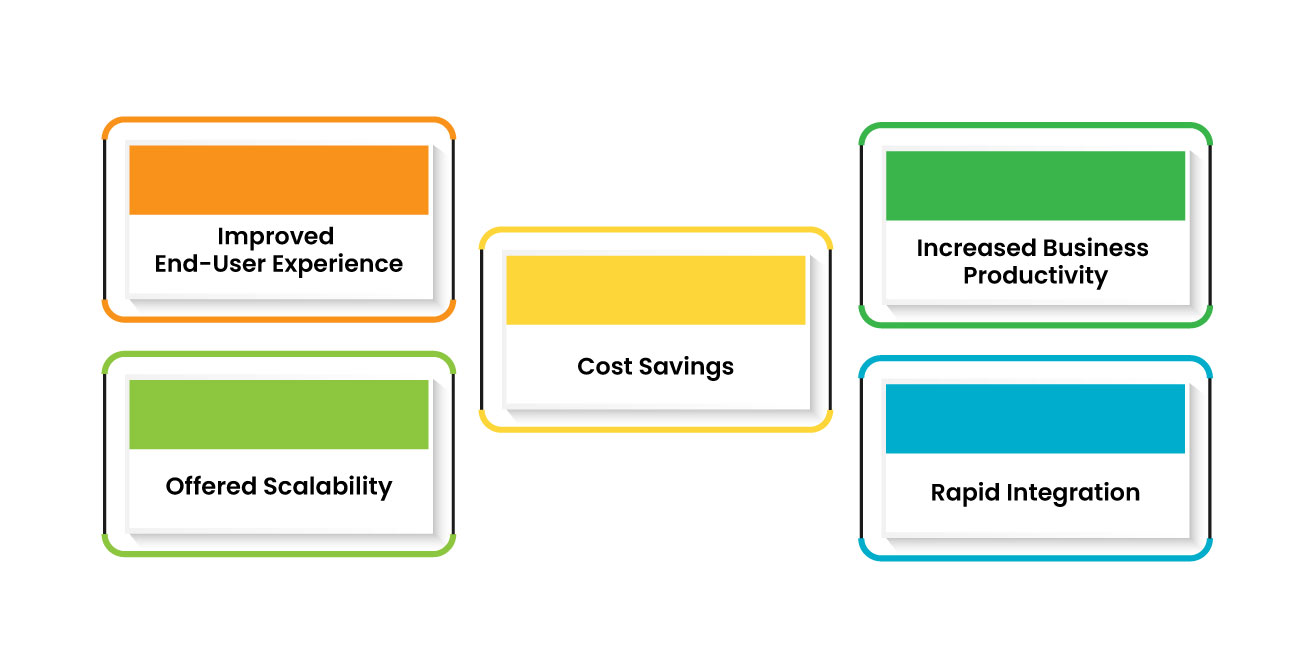and we will be happy to help.
Global Network Integration for a Fortune 50 conglomerate in its largest-ever acquisition
The client is a global Fortune 50 conglomerate that operates in various segments, such as Aviation, Power, Healthcare, Renewable Energy, and Additive Manufacturing. With an employee strength of more than 200,000, the client has over 500 manufacturing sites spread across 2000 sites around the globe.
Business Challenges
The client had acquired a Power & Grid business, a French multinational company, with operations across 20 countries. Owing to the delays in the acquisition process, the client wanted to ensure that the project plan for the network integration was ramped up to be completed on a stringent timeline.
Some of the challenges the client foresaw during the integration planning were:
- Heterogenous network infrastructure with disparate tools for management as part of the acquiree’s infrastructure estate was approaching end-of-life (EoL)
- Inconsistent policies, design and configuration standards between the two organizations
- Adherence to security compliance and regulatory frameworks since the acquiree organization was supporting critical sites, including Nuclear Power Plants
- Geographically decentralized infrastructure management by the acquiree organization
- Lack of documentation on network architecture, asset inventory, and operating procedures
Microland Solution
Since Microland has been a service partner to the client for the last 15 years, we had an understanding of the client’s network infrastructure, policies, and standards. Microland’s experience with the client and in-depth understanding of the nuances in the requirements, including the security requirements with zero to minimal impact on user experience, was paramount in getting the integration project.
The client’s expectation from Microland was to bring the two organizations under a single unified network architecture with stringent budget constraints and project timelines. The objectives of this engagement for Microland include:
- Redesigning the acquiree organization’s WAN architecture with appropriate site classification to integrate with the customer’s centralized and standardized network monitoring and management
- Standardizing policies and configurations across the network estate to increase network availability and performance
- Re-IP to network schema of the customer to ensure connectivity between two entities
- Cost-effective redesigning and technology refresh of devices approaching EoL
Microland took the below 4-phased approach for the network integration activities.
- Phase 1 - Implementing interim network connectivity between the users of the merging organizations for business continuity. This required ensuring appropriate security controls and understanding of the application dependencies for communications between the organizations.
- Phase 2 - Assessment and understanding of the network topology of the acquiree organization along with project planning, hardware & circuit provisioning.
- Phase 3 - WAN redesigning along with standardizing network configuration and management policies. The redesigning required careful consideration of sites in certain geographies that needed special redesign because of geopolitical reasons and did not align with the standard configurations and management policies.
- Phase 4 - Hardware deployment and migration to customer’s network. For shared rooftop locations, the physical and network separation was a challenge. The divested employee workstations required separate physical network connectivity from the rest of the site but continued to access shared resources on site, such as printers, onsite servers, phone systems, etc.
Business Benefits Delivered
Microland’s technical expertise and previous experience with the client, detailed IT due diligence, project management, and planning approach ensured smooth and efficient integration with minimal noise and adherence to the project schedule and budgets. The rapid integration with standardized policies and configurations during the merger provided the customer with the following benefits:
- Improved End-User Experience - Redesign & standardization delivered much faster services to end-users. Increased network availability and performance improved employee productivity.
- Offered Scalability - Standardized network design and configuration policies enabled reliability and modularity of the network estate.
- Cost Savings - Integration enabled consolidation and elimination of redundant services, like DNS, DHCP, VPN, collaboration, voice, and video led to increased cost savings for the customer. Our designs and understanding of the current landscape optimized the usage of existing network gears leading to not just saving costs but also accelerating the integration process.
- Increased Business Productivity - Fewer disruptions due to reduced incident rate led to fewer downtime and operational issues. Low to no downtime helped the client with a positive impact on the business operations.
- Rapid Integration - Completed IT merger within accelerated project timelines and budgets owing to our detailed due diligence and planning on the IT, templatized/automated deployment, and integrated project management.




































